France
The wine regions and vineyards of France:
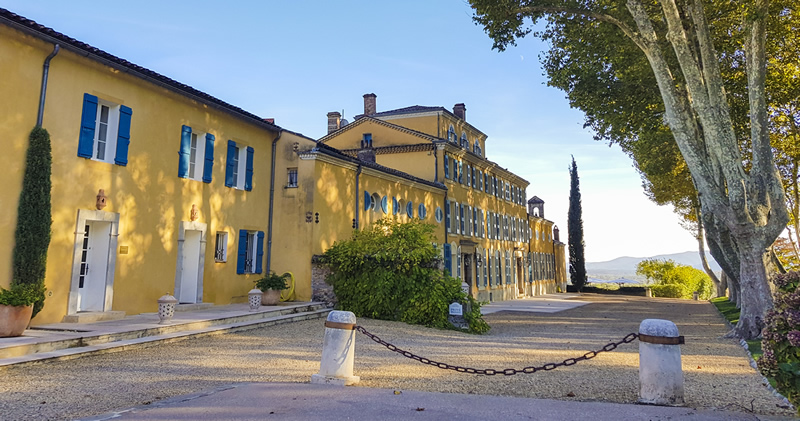
Château d'Esclans - Provence
Vineyards of France: Regions and Their Wine Particularities
France is renowned as the birthplace of many of the world’s greatest wines, with a rich diversity of wine regions, each offering unique terroirs, grape varieties, and winemaking traditions. Below is an exploration of the major French wine regions, their notable wines, and general tasting notes, presented in an order reflecting their significance.
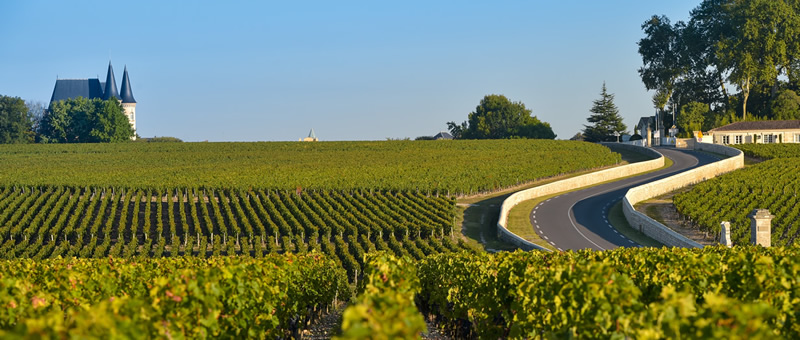
Bordeaux / Médoc / Pauillac / Château Pichon Longueville Baron
1. Bordeaux
Notable Wines:
- Left Bank (Médoc, Graves): Predominantly Cabernet Sauvignon-based wines, known for their power, structure, and aging potential. Notable appellations include Pauillac, Margaux, Saint-Estèphe, Saint-Julien, and Graves. These wines offer flavors of blackcurrant, cedar, and tobacco, with firm tannins.
- Right Bank (Saint-Émilion, Pomerol): Predominantly Merlot-based wines, often blended with Cabernet Franc, known for their plush fruit, softer tannins, and approachability. Notable appellations include Saint-Émilion and Pomerol, offering flavors of plum, chocolate, and spice.
- Sauternes and Barsac: Sweet, botrytized wines made primarily from Sémillon, Sauvignon Blanc, and Muscadelle, known for their rich flavors of apricot, honey, and marmalade, with vibrant acidity that balances the sweetness.
Particularities: Bordeaux is one of the most important and prestigious wine regions in the world, known for its structured, age-worthy red wines and its historic classification systems. The region's complex terroir, with its varied soils and microclimates, contributes to the diversity and quality of its wines.
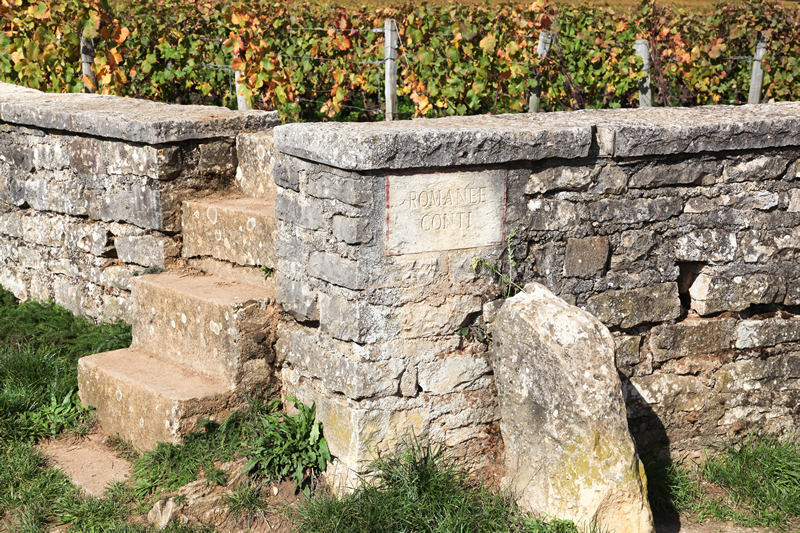
Burgundy / Côte de Nuits / Vosne-Romanée / Grands Crus / Clos de le Romanée-Conti 1,8 hectares - DRC
2. Burgundy (Bourgogne)
Notable Wines:
- Red Burgundy: Made from Pinot Noir, these wines are known for their elegance, complexity, and ability to express terroir. Key appellations include Gevrey-Chambertin, Nuits-Saint-Georges, Vosne-Romanée, Pommard, and Corton. Flavors often include red cherries, earth, and delicate floral notes, with a silky texture.
- White Burgundy: Made from Chardonnay, these wines are celebrated for their minerality, balance, and aging potential. Key appellations include Chablis, Puligny-Montrachet, Chassagne-Montrachet, and Meursault. Flavors often include green apple, citrus, and buttery oak, with a distinctive mineral backbone.
Particularities: Burgundy is revered for its terroir-driven wines, where the nuances of each vineyard site (or climat) are paramount. The region’s complex classification system, ranging from Village to Grand Cru, reflects the importance of location in determining quality.
3. Champagne
Notable Wines:
- Champagne (Brut, Blanc de Blancs, Blanc de Noirs, Rosé): Sparkling wines made using the traditional method from Chardonnay, Pinot Noir, and Pinot Meunier. Champagne is known for its elegance, fine bubbles, and complex flavors of citrus, apple, brioche, and toast. Blanc de Blancs (100% Chardonnay) is often more delicate, while Blanc de Noirs (made from Pinot Noir and/or Pinot Meunier) is typically richer.
Particularities: Champagne is the most famous sparkling wine region in the world, known for its unique terroir and rigorous production methods. The region’s cool climate and chalky soils contribute to the wine’s finesse and aging potential. Champagne is synonymous with celebration and luxury.
4. Rhône Valley
Notable Wines:
- Northern Rhône: Predominantly Syrah-based red wines, known for their intensity, structure, and aging potential. Notable appellations include Hermitage, Côte-Rôtie, Cornas, and Saint-Joseph. These wines offer flavors of black pepper, dark berries, and smoke, with firm tannins.
- Southern Rhône: Predominantly Grenache-based blends, often with Syrah, Mourvèdre, and other varieties. Notable appellations include Châteauneuf-du-Pape, Gigondas, Vacqueyras, and Côtes du Rhône. These wines are known for their richness, spicy flavors, and warmth.
Particularities: The Rhône Valley is known for its diverse range of wines, from the powerful, structured reds of the north to the rich, complex blends of the south. The region’s varied climate and soils contribute to the distinct styles of its wines.
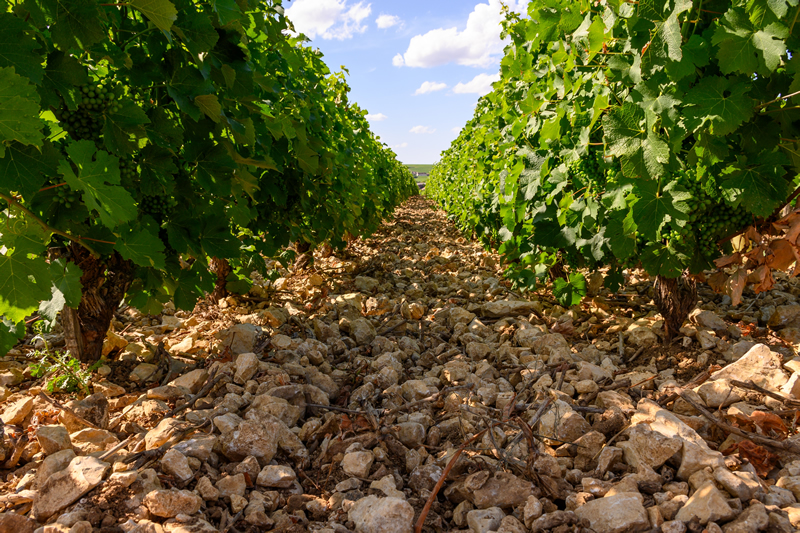
Loire Valley / Sancerre / Caillotes soil : limestone pebbles and clay
5. Loire Valley
Notable Wines:
- Sancerre and Pouilly-Fumé: Crisp, mineral-driven Sauvignon Blanc wines known for their high acidity, citrus, and flinty notes.
- Vouvray and Montlouis-sur-Loire: Chenin Blanc wines that range from dry to sweet, with flavors of green apple, honey, and floral notes, often with a distinctive minerality.
- Muscadet (Sèvre et Maine): Light, crisp white wines made from Melon de Bourgogne, known for their saline minerality and refreshing acidity.
- Chinon and Bourgueil: Red wines made from Cabernet Franc, known for their medium body, bright red fruit flavors, and herbal notes.
Particularities: The Loire Valley is often referred to as the "Garden of France" and is known for its diverse range of wines, from crisp whites to elegant reds and even sparkling wines. The region’s varied climates and soils contribute to the unique character of its wines.
6. Alsace
Notable Wines:
- Riesling: Dry, aromatic white wine known for its high acidity, minerality, and flavors of citrus, green apple, and petrol.
- Gewürztraminer: Aromatic white wine with distinctive lychee, rose petal, and spice flavors, often with a fuller body and slightly oily texture.
- Pinot Gris: A rich, often off-dry white wine with flavors of pear, honey, and spice, with a rounder texture than Riesling.
- Crémant d'Alsace: A traditional method sparkling wine made from various grapes, often light and refreshing with crisp acidity and fine bubbles.
Particularities: Alsace is unique for its focus on varietal wines, particularly aromatic whites. The region’s location along the border with Germany influences its winemaking style, with a strong emphasis on purity and expression of terroir. Alsace wines are known for their food-friendliness and aging potential.
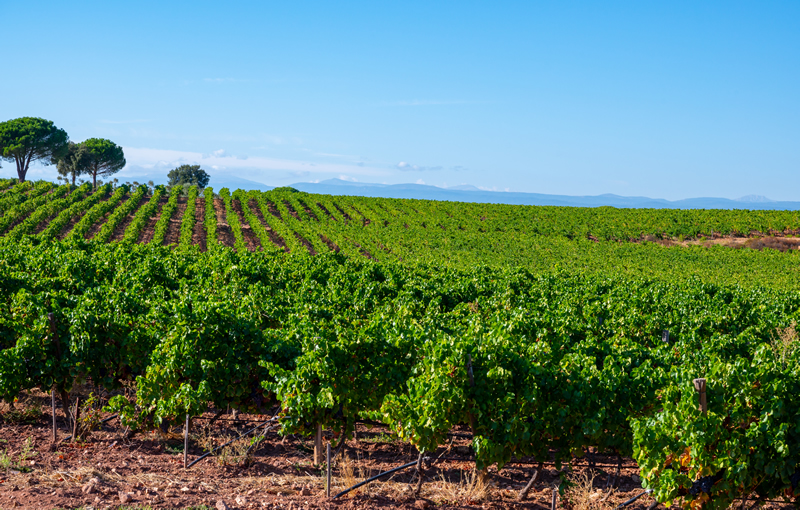
Provence Vineyard near Le Muy
7. Provence
Notable Wines:
- Provence Rosé: The most famous wine of the region, known for its pale color, delicate flavors of red berries, citrus, and herbs, with a crisp, refreshing finish.
- Bandol (Red and Rosé): Red wines made primarily from Mourvèdre, known for their dark fruit, earthy and spicy flavors, and significant aging potential. Bandol Rosé is also highly regarded for its complexity and depth.
Particularities: Provence is synonymous with rosé, producing some of the most popular and high-quality rosé wines in the world. The region’s Mediterranean climate contributes to the wines’ freshness and vibrant acidity, making them perfect for warm weather enjoyment.
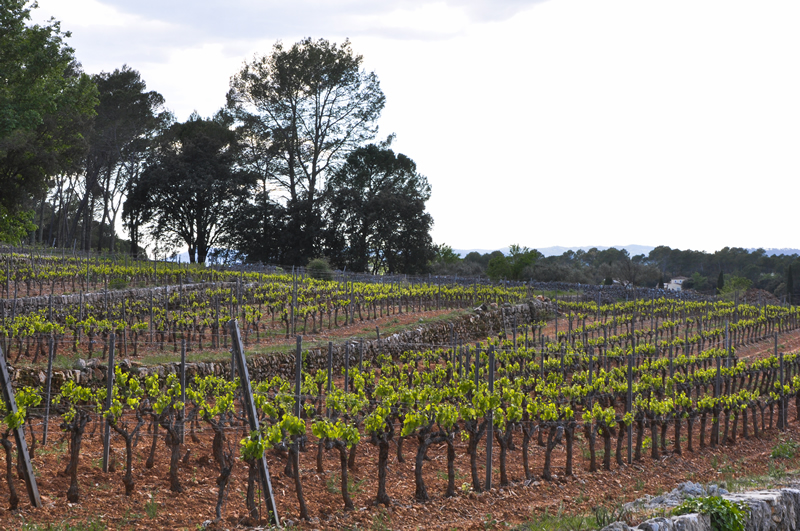
Languedoc Vineyard near Narbonne
8. Languedoc-Roussillon
Notable Wines:
- Languedoc (Red): Often made from a blend of Grenache, Syrah, and Mourvèdre, these wines are robust and full-bodied, with flavors of ripe fruit, herbs, and spices.
- Roussillon (Red): Similar to Languedoc wines, but often with a more pronounced minerality and concentration, reflecting the region’s rugged terroir.
- Vin Doux Naturel: Fortified sweet wines made from Muscat or Grenache, known for their intense fruit flavors and sweetness balanced by acidity.
Particularities: Languedoc-Roussillon is one of France’s largest and most diverse wine regions, known for producing a wide range of wines at various price points. The region’s warm climate and varied terroirs contribute to the rich, expressive character of its wines.
9. Beaujolais
Notable Wines:
- Beaujolais Nouveau: A light, fruity red wine made from Gamay, released shortly after harvest and known for its bright red fruit flavors and lively acidity.
- Cru Beaujolais: More serious and age-worthy wines made from Gamay, with notable crus including Morgon, Moulin-à-Vent, Fleurie, and Chiroubles. These wines offer more complexity, with flavors of red and dark berries, earth, and spice.
Particularities: Beaujolais is often associated with its light, easy-drinking Nouveau wines, but the region also produces serious, structured reds in its ten crus. The Gamay grape thrives in the region’s granite soils, producing wines with vibrant acidity and expressive fruit.
10. Jura
Notable Wines:
- Vin Jaune: An oxidatively aged wine made from Savagnin, similar to Sherry but unfortified, with flavors of nuts, dried fruit, and spices.
- Crémant du Jura: A sparkling wine made using the traditional method, often crisp and refreshing with fine bubbles.
- Poulsard and Trousseau: Light-bodied red wines with flavors of red berries, earth, and spices, known for their finesse and elegance.
Particularities: Jura is a small, mountainous region known for its unique and traditional wine styles, particularly Vin Jaune, which is aged under a veil of yeast similar to Sherry. The region’s cool climate and varied soils contribute to the distinctive character of its wines.
11. Savoie
Notable Wines:
- Jacquère and Altesse (Roussette): Light, crisp white wines with high acidity, flavors of green apple, citrus, and a touch of Alpine herbs.
- Mondeuse: A red wine with bright acidity, flavors of red berries, pepper, and a slightly rustic character.
Particularities: Savoie is a small, Alpine region known for its fresh, high-acid white wines and light, peppery reds. The wines are often enjoyed locally and are a perfect match for the region’s cheese-heavy cuisine.
General Tasting Notes for Main French Wines
Bordeaux (Red): Expect flavors of blackcurrant, cedar, tobacco, and sometimes graphite, with firm tannins and high aging potential. Left Bank wines are more structured, while Right Bank wines are softer and fruitier.
Burgundy (Red and White): Red Burgundy is elegant with red cherry, earth, and floral notes, while White Burgundy offers green apple, citrus, and buttery oak with a mineral backbone.
Champagne: Crisp acidity, with flavors of citrus, apple, brioche, and toast. Fine bubbles and a complex, lingering finish.
Northern Rhône (Syrah): Intense and structured, with black pepper, dark berries, smoke, and firm tannins.
Southern Rhône (Blends): Rich and spicy, with ripe red and black fruits, herbs (garrigue), and a warm, full-bodied profile.
Loire Valley (Sauvignon Blanc, Chenin Blanc, Cabernet Franc): Sauvignon Blanc is crisp and mineral-driven; Chenin Blanc is versatile, ranging from dry to sweet, often with high acidity and minerality; Cabernet Franc is medium-bodied with bright red fruit and herbal notes.
Alsace (Riesling, Gewürztraminer): Riesling is dry with high acidity and minerality, Gewürztraminer is aromatic with lychee, rose, and spice.
Provence (Rosé): Pale, delicate flavors of red berries, citrus, and herbs, with crisp acidity and a refreshing finish.
Languedoc-Roussillon (Red): Full-bodied with ripe fruit, herbs, and spices, often with a rustic charm.
Beaujolais (Gamay): Light and fruity with red berries and lively acidity in Nouveau, more complex with depth in Cru wines.
Jura (Vin Jaune): Nutty, with dried fruit, spice, and oxidative notes, similar to Sherry but unfortified.
Savoie (White and Red): Light, crisp whites with green apple and Alpine herb notes, and reds with bright acidity and peppery spice.
Vineyards.com